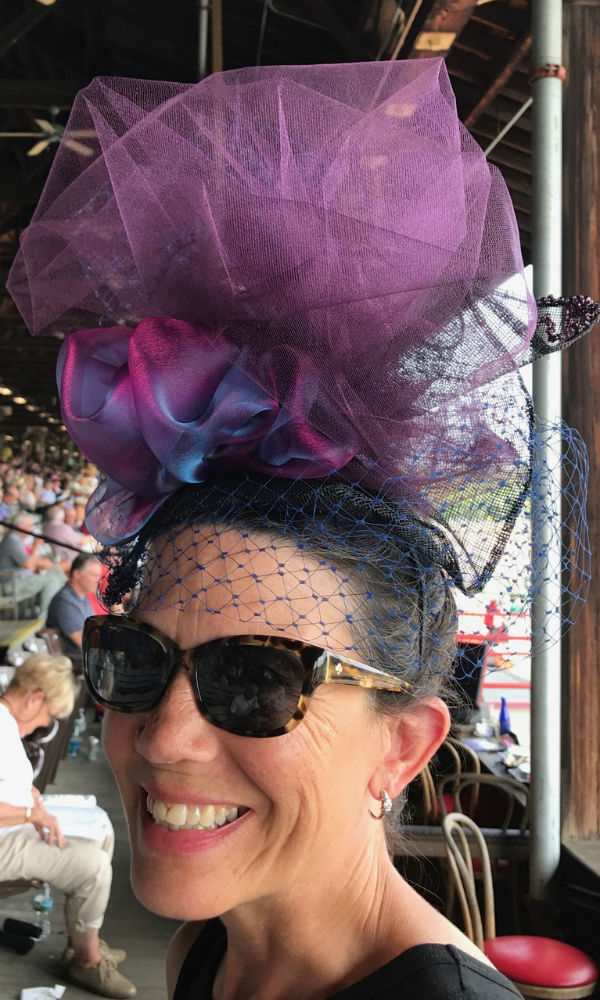On the first Monday in May, Janelle Monáe stunted a custom Christian Siriano-designed, Pablo Picasso-inspired garment, complete with four top hats stacked on her head (see below). The pop sensation wasn’t just going out to the grocery store dressed like an abstract painting: She was at the Met Gala, a benefit for the Metropolitan Museum of Art’s Costume Institute in New York City, which each year challenges its A-list guests to come dressed to a specific theme. In recent years, Met Gala themes have included “Heavenly Bodies: Fashion and the Catholic Imagination,” “Manus x Machina: Fashion in an Age of Technology” and “Punk: Chaos to Couture.” This year’s was “Camp: Notes on Fashion,” and Monáe is widely considered to have crushed the theme.
What, exactly, is “Camp”? It’s not the place you go to on Lake George with your family, but rather, an ambiguous fashion term that’s thoroughly confused Met Gala onlookers for more than two months now. The word is derived from American writer, filmmaker and philosopher Susan Sontag’s 1964 essay, “Notes on ‘Camp,’” in which Sontag writes: “The essence of Camp is its love of the unnatural: of artifice and exaggeration.” Camp is kind of similar to avant garde—if you’ve ever seen one of Project Runway’s unconventional challenges, where up-and-coming designers create over-the-top looks from materials such as candy, flowers or car parts, you know what I’m talking about—but it’s also gaudy and costume-y, as evidenced by Kendall and Kylie Jenner’s Las Vegas showgirl-inspired Met Gala looks and the horror film-esque video event sponsor Vogue released after the gala (see video below). “It has everything to do with basking in the fabulousness, irony, and humor of being extra,” Harper’s Bazaar wrote in a May 6 article.
With this year’s gala theme still very much in mind (I work part-time at Saratoga-based fashion designer Staci Snider’s boutique, so it’s my job to stay on top of the world’s fashion happenings), I got to thinking: Could the garb some racing fans wear to Saratoga Race Course be considered Camp? Has Saratoga been ahead of the fashion trend for years?
The origins of racetrack fashion can be traced back to English track, Ascot Racecourse, which was founded in 1711 by Queen Anne. In 1807, the first dress code was instituted there, and in the 1830s, Queen Victoria introduced the porter bonnet, a headpiece that shielded the face from observers. Nowadays, the Royal Ascot Style Guide reads almost like a costume catalogue, highlighted by an over-the-top flowing floral Katya Katya dress, an oversized Amanda Wakeley blazer-trouser ensemble and a My Fair Lady-inspired Edwina Ibbotson dress.
View this post on Instagram
Stateside, at a place such as The Kentucky Derby, there’s no strict fashion regulations, but with Vineyard Vines as the “official style” of the race, color palettes are often bright and tropical. Then, of course, there are the hats, which often reach unconventional heights and are bedecked with blooming artificial flowers.

So how does Saratoga Race Course fit into racetrack fashion and the enigmatic theme of Camp? The answer: in the best way possible. Saratoga Race Course has a dress code but is also known for its towering hats and over-the-top ensembles. Karen Sewell, the creative energy behind Pommenkare Fine Millinery, which is sold at Saratoga Trunk on Broadway in Saratoga Springs, says Saratoga Race Course fashion ranges from “super-casual to people wearing all sorts of stuff.” I ask Sewell if she thinks Saratoga could be considered Camp. “For sure!” she says. “Everyone wants attention for what they choose to wear, and that’s what makes the season so fun.” Sewell’s designs even have a certain Camp-iness to them: The designer plays with themes of nature and music, often juxtaposing geometric and organic shapes. One of her hand-crafted designs is a pleated, swirly hat with a three-foot wide base. Talk about extra.
Sontag ends her “Notes on ‘Camp'” this way: “Camp taste is a kind of love, love for human nature. It relishes rather than judges, the little triumphs and awkward intensities of ‘character.’” At Saratoga Race Course, we see just that: a love and desire for self-expression through the medium of fabric. With a menagerie of colors and shapes upon people’s heads—I see you, Janelle—and the flashiness of everything else, it’s safe to say Saratoga has been working its own brand of Camp for quite some time.
